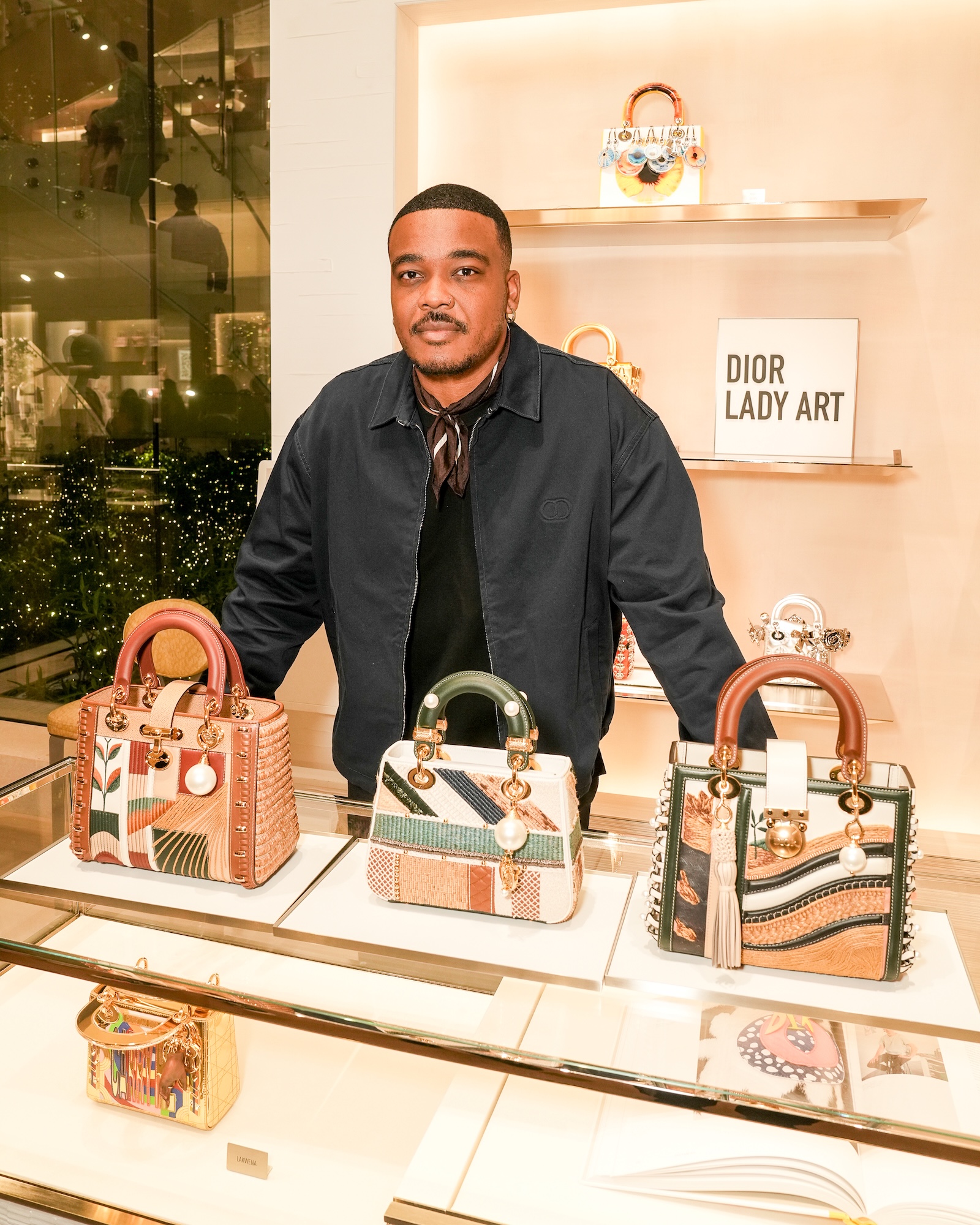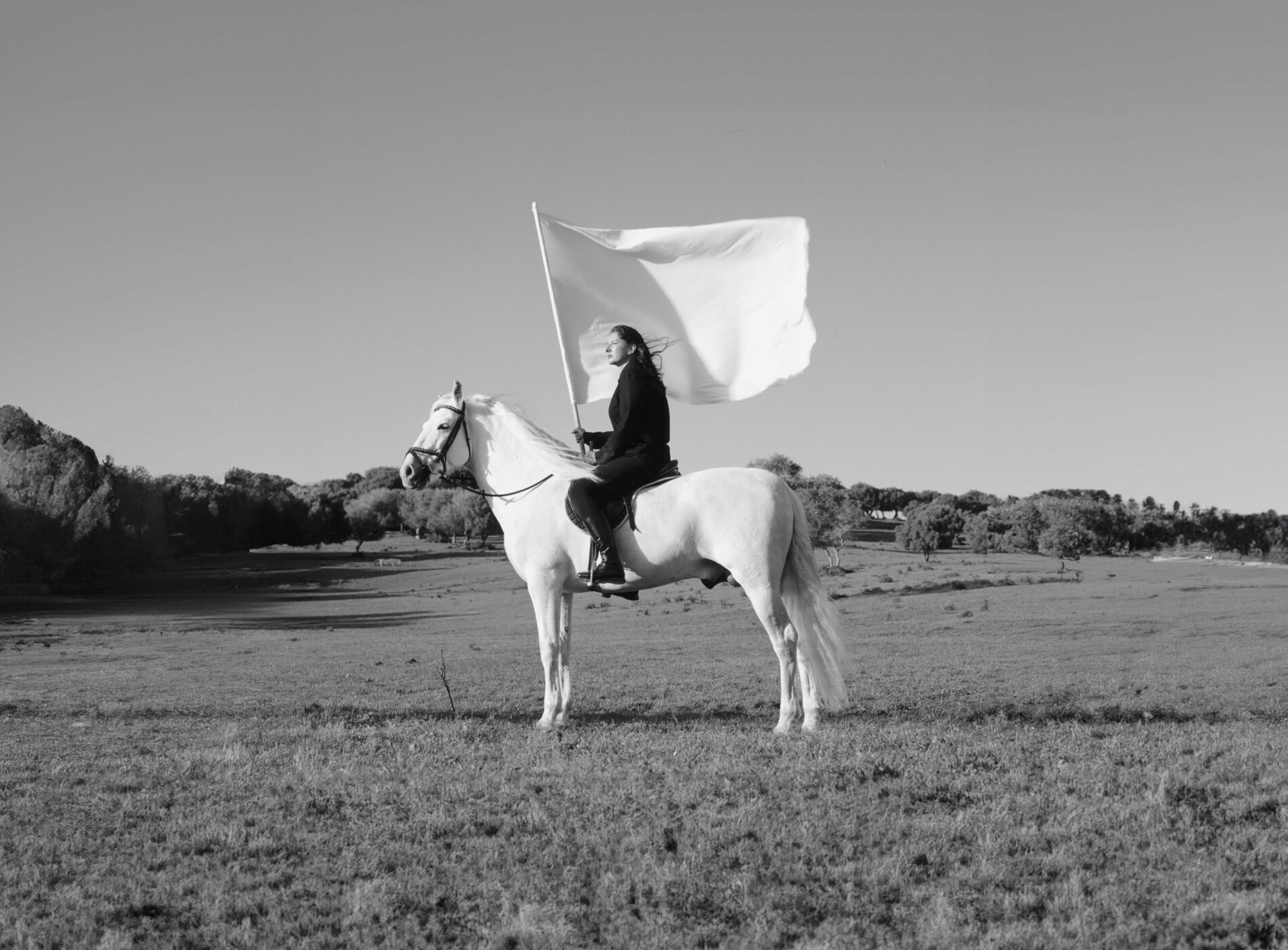For Nathaniel Mary Quinn, past trauma, acknowledgment of trauma, and a passionate resolve to process such tribulations, are constants pushing his practice, manifesting in unique, painterly “collage” works, which have been exhibited and revered in collections nationally, including the Whitney, LACMA, and SAIC. Quinn’s oeuvre is heavily informed by brief visions that compel him to research and dig, paint and brush, and deploy a myriad of materials at his disposal, which in turn reveal the “collages” to be handmade renderings from oil paint, gouache, charcoal and gold leaf. Open now, Gagosian Beverly Hills is exhibiting Quinn’s work in a solo show, _Hollow and Cut_, running until mid-October. The beauty of the images from the ambidextrous gestures and pathos emitted from them suggest the pieces are both performance and therapy. _Flaunt_ had the lovely opportunity to chat with Quinn following the opening.
**You’re originally from Chicago. How had growing up there led you to art and how does the city, if at all, inform your practice today?**
I grew up in the south side of Chicago at the Robertson homes. It was a very poor, drug-ridden, gang-ridden community that didn’t have many resources and what not. My family was poor. My mom and dad could not read or write. My four older brothers were off to other things dealing with alcoholism and battling drug addiction. But I was always drawing, you know? I had this natural ability and natural instinct to do it all the time. I was compelled to do it. My father knew how to draw; he would sit down with me and draw all the time, and give me these tips and encouragement sort of inner strength. The man couldn’t really write, but he was the best teacher I ever had. I got a lot of positive feedback from peers—gang members in the community that gave me a lot of protection. I started to understand that my ability to draw afforded me superpowers in a community filled with gangs. The gangbanger guys knew I could draw so they would ask me to draw pictures like cartoons, and that gave me protection. It was interesting.


NATHANIEL MARY QUINN. _C'mo' And Walk With Me_, 2019. Black charcoal, gouache, soft pastel, oil pastel on Coventry Vellum Paper. 50 x 38 in, 127 x 96.5 cm **© Nathaniel Mary Quinn. Photo: Rob McKeever. Courtesy Gagosian**
**Wow that’s remarkable. Did they ever ask to do portraits of them?**
Nah man. What happened was I created this cartoon character, Willie Lumpmunk, and I don't even know where I got the name from. I don’t remember doing portraits of them, but I made comic strips of \[Willie\] and I would give them to the gang banger guys and they loved it. They really dug it man they were really excited.
**Did your practice always have an eye for collage-adjacent work, or did that happen over time? If so, when did you really begin deploying that style?**
The collage-like style is not traditional collage at all. Everything is made by hand—on the same plane as paper and canvas. Some people cut off stuff and do actual collage and my work is not that way. That visual language came to me around 2013, I began to explore ways to create intersections between the masculine and the feminine. Then I began to think about ideas about empathy. It was around the time I was going to therapy. I had never dealt with my childhood trauma. I was abandoned by my brothers and my father when I was 15 years old. I started to dig deep to assess any pain I was going through and understand vulnerability and insecurities I can feel. That began to impact my work and the way I was looking at my work. I started to move to this place of meshing, colliding, mixing, and creating intersections with a cubic-type approach to creating something. When you live a life where you see yourself as any kind of way, your life plays like a movie that’s on repeat all the time–you’re the star of the movie. In my movie, in which I was a star, I was a victim. When I went to therapy, I started to challenge that. It took a lot of work. One day it dawned on me, I'm not a victim. I’m a victor. So my work is about inner humanity that we all share. Everyone looks like my work. None of it is seamless or perfect. It looks like that and that's honesty.


NATHANIEL MARY QUINN. _Hollow and Cut Installation View_, 2019. **© Nathaniel Mary Quinn. Photo: Jeff McLane. Courtesy Gagosian**
**Please explain the planning and research going into your painterly “collages.” I’ve read you collect images from fashion magazines, newspapers, advertising, and comics, reconceptualizing the snippets. Is there particular imagery you’re drawn to and why?**
Nah man. Every time I make a piece, it starts with a vision, like a visual picture that comes to me. I see these visions all the time, every day. They are constantly playing in my mind all of the time. I never write them down, but I will never forget them. Then I do the research by looking at photographs, magazines, Google images, comic books, fashion magazine, or whatever will help fulfill my vision—it don't matter, anything that can come together for the vision. But then again, I’lll see a photograph that will inspire me and make me see something in a different kind of way.
**For your show at Gagosian in LA, while your portraits resemble collages, they are actually rendered by hand with oil paint, charcoal, gouache, oil stick, pastels, and gold leaf. Materials often have significance behind them. Was there a reason for choosing these materials, specifically?**
I always work with those materials. I started in 2013 with the first piece, “Charles,” which was just charcoal and water paper on lynx paper. You see, I just put the water color down first and that dries in 5 minutes, and then I took charcoal and started my drawings. But over time, I started incorporating other materials; over the years I’ve tried paint sticks. The studio is an experimental lab: you’re always looking for other ways to further execute your practice so you can be effective and you can communicate whatever it is you want to communicate. It really pushes your work, and of course, simply put, every piece I make, I try and make it the best piece in the world. There is never mediocrity in my work. I never slack. Everyday I work on a new piece I’m looking for gold. I'm really pushing. Sometimes, you don’t know how it’s going to turn out, but the materials help me along that journey. We collaborate. The materials and I work together.
**In the age of digital media and its overreaching influence into art today, would you consider your work to be sculptural?**
Almost sculptural? Yeah, I could see that. Yeah, I could see someone making an argument for that. I'm not mad at that—that sounds about right. I could see that from the way it looks, like the visual aesthetic. But also, that argument could be made less impactful because of the organic interweaving that is brought in \[my\] works at Gagosian Gallery; the works are much more abstract, sometimes fleshy, interwoven. I’m not sure that’s what you think of concepts, of ideas, of sculptures, in response to that. I don't know, I could be wrong. I’ve been wrong before. I was wrong this morning! \[Laughs\]


NATHANIEL MARY QUINN. _Hiding in Plain Discomfort,_ 2019. Black charcoal, gouache, soft pastel, oil pastel on Coventry Vellum Paper. 16 x 13 inches, 40.6 x 33 cm **© Nathaniel Mary Quinn. Photo: Rob McKeever. Courtesy Gagosian**
**Your show recently opened in LA, so I’m sure you’re still processing all of that. Nonetheless, what else do you have planned for the year?**
Yeah, I’m in LA with my wife, just relaxing, resting. That was a big night, man. That was a big night, big opening, there were a lot of people there. You know one part of me felt undeserving of the love and support, excitement, appreciation. You know, as an artist, you tell yourself ‘this work isn’t good enough.’ I always feel like that. I keep trying, maybe sometime I’ll make a good work. People always ask me, ‘What’s your favorite piece?’ I feel like I have yet to make my favorite piece.
**Right. It’s a constant lifelong work-in-progress.**
Oh yeah, that’s all it is. Let me tell you something man, if my career ends tomorrow, I’m going to keep making art. That’s all I care about. That’s all I will ever care about. That's it.
* * *
_Hollow and Cut_ runs until October 19th at Gagosian Gallery, 456 North Camden Drive,
Beverly Hills, CA 90210.
 
NATHANIEL MARY QUINN. _C'mo' And Walk With Me_, 2019. Black charcoal, gouache, soft pastel, oil pastel on Coventry Vellum Paper. 50 x 38 in, 127 x 96.5 cm **© Nathaniel Mary Quinn. Photo: Rob McKeever. Courtesy Gagosian**
**Wow that’s remarkable. Did they ever ask to do portraits of them?**
Nah man. What happened was I created this cartoon character, Willie Lumpmunk, and I don't even know where I got the name from. I don’t remember doing portraits of them, but I made comic strips of \[Willie\] and I would give them to the gang banger guys and they loved it. They really dug it man they were really excited.
**Did your practice always have an eye for collage-adjacent work, or did that happen over time? If so, when did you really begin deploying that style?**
The collage-like style is not traditional collage at all. Everything is made by hand—on the same plane as paper and canvas. Some people cut off stuff and do actual collage and my work is not that way. That visual language came to me around 2013, I began to explore ways to create intersections between the masculine and the feminine. Then I began to think about ideas about empathy. It was around the time I was going to therapy. I had never dealt with my childhood trauma. I was abandoned by my brothers and my father when I was 15 years old. I started to dig deep to assess any pain I was going through and understand vulnerability and insecurities I can feel. That began to impact my work and the way I was looking at my work. I started to move to this place of meshing, colliding, mixing, and creating intersections with a cubic-type approach to creating something. When you live a life where you see yourself as any kind of way, your life plays like a movie that’s on repeat all the time–you’re the star of the movie. In my movie, in which I was a star, I was a victim. When I went to therapy, I started to challenge that. It took a lot of work. One day it dawned on me, I'm not a victim. I’m a victor. So my work is about inner humanity that we all share. Everyone looks like my work. None of it is seamless or perfect. It looks like that and that's honesty.

NATHANIEL MARY QUINN. _C'mo' And Walk With Me_, 2019. Black charcoal, gouache, soft pastel, oil pastel on Coventry Vellum Paper. 50 x 38 in, 127 x 96.5 cm **© Nathaniel Mary Quinn. Photo: Rob McKeever. Courtesy Gagosian**
**Wow that’s remarkable. Did they ever ask to do portraits of them?**
Nah man. What happened was I created this cartoon character, Willie Lumpmunk, and I don't even know where I got the name from. I don’t remember doing portraits of them, but I made comic strips of \[Willie\] and I would give them to the gang banger guys and they loved it. They really dug it man they were really excited.
**Did your practice always have an eye for collage-adjacent work, or did that happen over time? If so, when did you really begin deploying that style?**
The collage-like style is not traditional collage at all. Everything is made by hand—on the same plane as paper and canvas. Some people cut off stuff and do actual collage and my work is not that way. That visual language came to me around 2013, I began to explore ways to create intersections between the masculine and the feminine. Then I began to think about ideas about empathy. It was around the time I was going to therapy. I had never dealt with my childhood trauma. I was abandoned by my brothers and my father when I was 15 years old. I started to dig deep to assess any pain I was going through and understand vulnerability and insecurities I can feel. That began to impact my work and the way I was looking at my work. I started to move to this place of meshing, colliding, mixing, and creating intersections with a cubic-type approach to creating something. When you live a life where you see yourself as any kind of way, your life plays like a movie that’s on repeat all the time–you’re the star of the movie. In my movie, in which I was a star, I was a victim. When I went to therapy, I started to challenge that. It took a lot of work. One day it dawned on me, I'm not a victim. I’m a victor. So my work is about inner humanity that we all share. Everyone looks like my work. None of it is seamless or perfect. It looks like that and that's honesty.
 
NATHANIEL MARY QUINN. _Hollow and Cut Installation View_, 2019. **© Nathaniel Mary Quinn. Photo: Jeff McLane. Courtesy Gagosian**
**Please explain the planning and research going into your painterly “collages.” I’ve read you collect images from fashion magazines, newspapers, advertising, and comics, reconceptualizing the snippets. Is there particular imagery you’re drawn to and why?**
Nah man. Every time I make a piece, it starts with a vision, like a visual picture that comes to me. I see these visions all the time, every day. They are constantly playing in my mind all of the time. I never write them down, but I will never forget them. Then I do the research by looking at photographs, magazines, Google images, comic books, fashion magazine, or whatever will help fulfill my vision—it don't matter, anything that can come together for the vision. But then again, I’lll see a photograph that will inspire me and make me see something in a different kind of way.
**For your show at Gagosian in LA, while your portraits resemble collages, they are actually rendered by hand with oil paint, charcoal, gouache, oil stick, pastels, and gold leaf. Materials often have significance behind them. Was there a reason for choosing these materials, specifically?**
I always work with those materials. I started in 2013 with the first piece, “Charles,” which was just charcoal and water paper on lynx paper. You see, I just put the water color down first and that dries in 5 minutes, and then I took charcoal and started my drawings. But over time, I started incorporating other materials; over the years I’ve tried paint sticks. The studio is an experimental lab: you’re always looking for other ways to further execute your practice so you can be effective and you can communicate whatever it is you want to communicate. It really pushes your work, and of course, simply put, every piece I make, I try and make it the best piece in the world. There is never mediocrity in my work. I never slack. Everyday I work on a new piece I’m looking for gold. I'm really pushing. Sometimes, you don’t know how it’s going to turn out, but the materials help me along that journey. We collaborate. The materials and I work together.
**In the age of digital media and its overreaching influence into art today, would you consider your work to be sculptural?**
Almost sculptural? Yeah, I could see that. Yeah, I could see someone making an argument for that. I'm not mad at that—that sounds about right. I could see that from the way it looks, like the visual aesthetic. But also, that argument could be made less impactful because of the organic interweaving that is brought in \[my\] works at Gagosian Gallery; the works are much more abstract, sometimes fleshy, interwoven. I’m not sure that’s what you think of concepts, of ideas, of sculptures, in response to that. I don't know, I could be wrong. I’ve been wrong before. I was wrong this morning! \[Laughs\]

NATHANIEL MARY QUINN. _Hollow and Cut Installation View_, 2019. **© Nathaniel Mary Quinn. Photo: Jeff McLane. Courtesy Gagosian**
**Please explain the planning and research going into your painterly “collages.” I’ve read you collect images from fashion magazines, newspapers, advertising, and comics, reconceptualizing the snippets. Is there particular imagery you’re drawn to and why?**
Nah man. Every time I make a piece, it starts with a vision, like a visual picture that comes to me. I see these visions all the time, every day. They are constantly playing in my mind all of the time. I never write them down, but I will never forget them. Then I do the research by looking at photographs, magazines, Google images, comic books, fashion magazine, or whatever will help fulfill my vision—it don't matter, anything that can come together for the vision. But then again, I’lll see a photograph that will inspire me and make me see something in a different kind of way.
**For your show at Gagosian in LA, while your portraits resemble collages, they are actually rendered by hand with oil paint, charcoal, gouache, oil stick, pastels, and gold leaf. Materials often have significance behind them. Was there a reason for choosing these materials, specifically?**
I always work with those materials. I started in 2013 with the first piece, “Charles,” which was just charcoal and water paper on lynx paper. You see, I just put the water color down first and that dries in 5 minutes, and then I took charcoal and started my drawings. But over time, I started incorporating other materials; over the years I’ve tried paint sticks. The studio is an experimental lab: you’re always looking for other ways to further execute your practice so you can be effective and you can communicate whatever it is you want to communicate. It really pushes your work, and of course, simply put, every piece I make, I try and make it the best piece in the world. There is never mediocrity in my work. I never slack. Everyday I work on a new piece I’m looking for gold. I'm really pushing. Sometimes, you don’t know how it’s going to turn out, but the materials help me along that journey. We collaborate. The materials and I work together.
**In the age of digital media and its overreaching influence into art today, would you consider your work to be sculptural?**
Almost sculptural? Yeah, I could see that. Yeah, I could see someone making an argument for that. I'm not mad at that—that sounds about right. I could see that from the way it looks, like the visual aesthetic. But also, that argument could be made less impactful because of the organic interweaving that is brought in \[my\] works at Gagosian Gallery; the works are much more abstract, sometimes fleshy, interwoven. I’m not sure that’s what you think of concepts, of ideas, of sculptures, in response to that. I don't know, I could be wrong. I’ve been wrong before. I was wrong this morning! \[Laughs\]
 
NATHANIEL MARY QUINN. _Hiding in Plain Discomfort,_ 2019. Black charcoal, gouache, soft pastel, oil pastel on Coventry Vellum Paper. 16 x 13 inches, 40.6 x 33 cm **© Nathaniel Mary Quinn. Photo: Rob McKeever. Courtesy Gagosian**
**Your show recently opened in LA, so I’m sure you’re still processing all of that. Nonetheless, what else do you have planned for the year?**
Yeah, I’m in LA with my wife, just relaxing, resting. That was a big night, man. That was a big night, big opening, there were a lot of people there. You know one part of me felt undeserving of the love and support, excitement, appreciation. You know, as an artist, you tell yourself ‘this work isn’t good enough.’ I always feel like that. I keep trying, maybe sometime I’ll make a good work. People always ask me, ‘What’s your favorite piece?’ I feel like I have yet to make my favorite piece.
**Right. It’s a constant lifelong work-in-progress.**
Oh yeah, that’s all it is. Let me tell you something man, if my career ends tomorrow, I’m going to keep making art. That’s all I care about. That’s all I will ever care about. That's it.
* * *
_Hollow and Cut_ runs until October 19th at Gagosian Gallery, 456 North Camden Drive,
Beverly Hills, CA 90210.

NATHANIEL MARY QUINN. _Hiding in Plain Discomfort,_ 2019. Black charcoal, gouache, soft pastel, oil pastel on Coventry Vellum Paper. 16 x 13 inches, 40.6 x 33 cm **© Nathaniel Mary Quinn. Photo: Rob McKeever. Courtesy Gagosian**
**Your show recently opened in LA, so I’m sure you’re still processing all of that. Nonetheless, what else do you have planned for the year?**
Yeah, I’m in LA with my wife, just relaxing, resting. That was a big night, man. That was a big night, big opening, there were a lot of people there. You know one part of me felt undeserving of the love and support, excitement, appreciation. You know, as an artist, you tell yourself ‘this work isn’t good enough.’ I always feel like that. I keep trying, maybe sometime I’ll make a good work. People always ask me, ‘What’s your favorite piece?’ I feel like I have yet to make my favorite piece.
**Right. It’s a constant lifelong work-in-progress.**
Oh yeah, that’s all it is. Let me tell you something man, if my career ends tomorrow, I’m going to keep making art. That’s all I care about. That’s all I will ever care about. That's it.
* * *
_Hollow and Cut_ runs until October 19th at Gagosian Gallery, 456 North Camden Drive,
Beverly Hills, CA 90210.

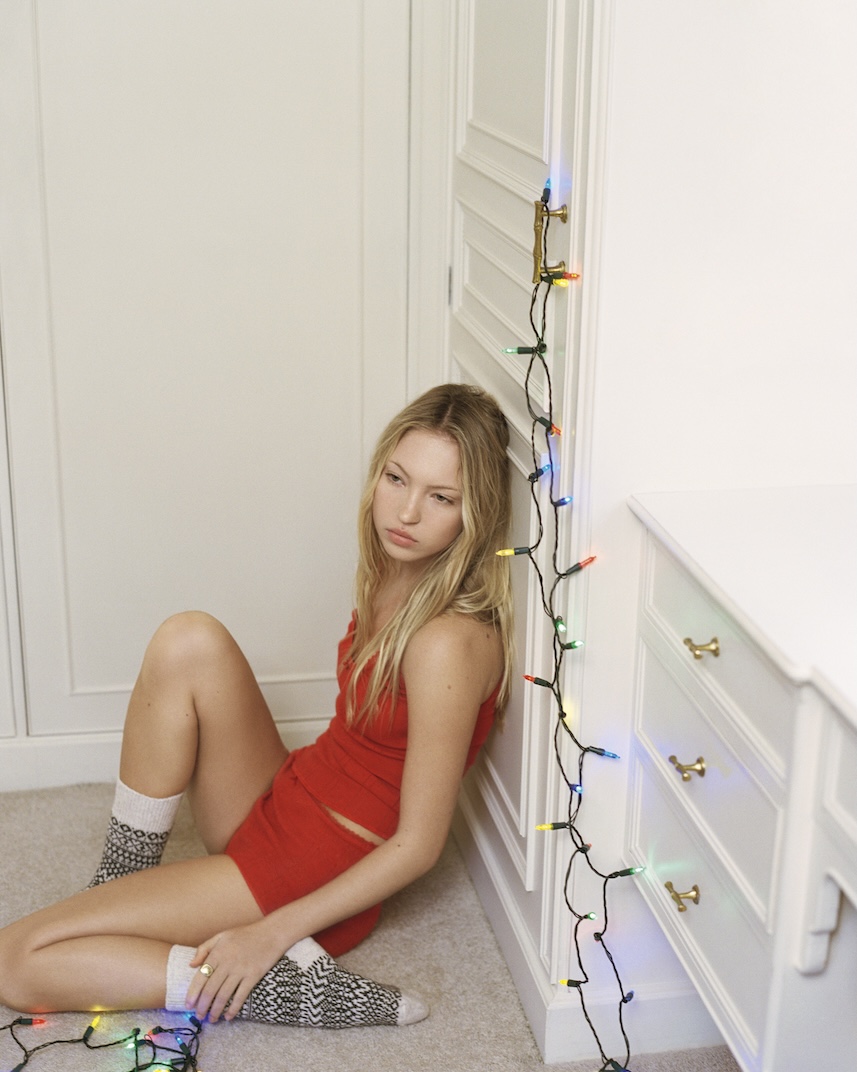
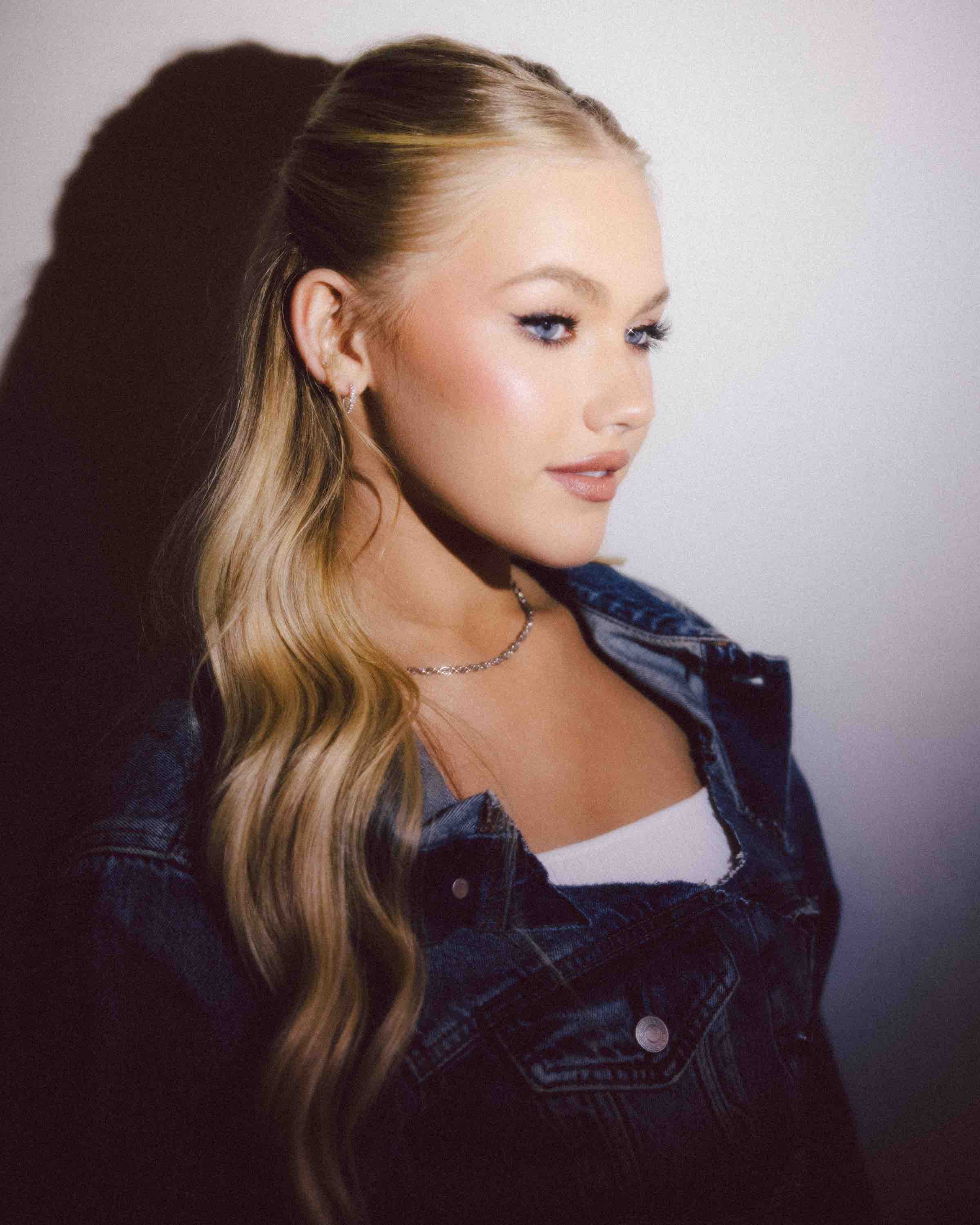
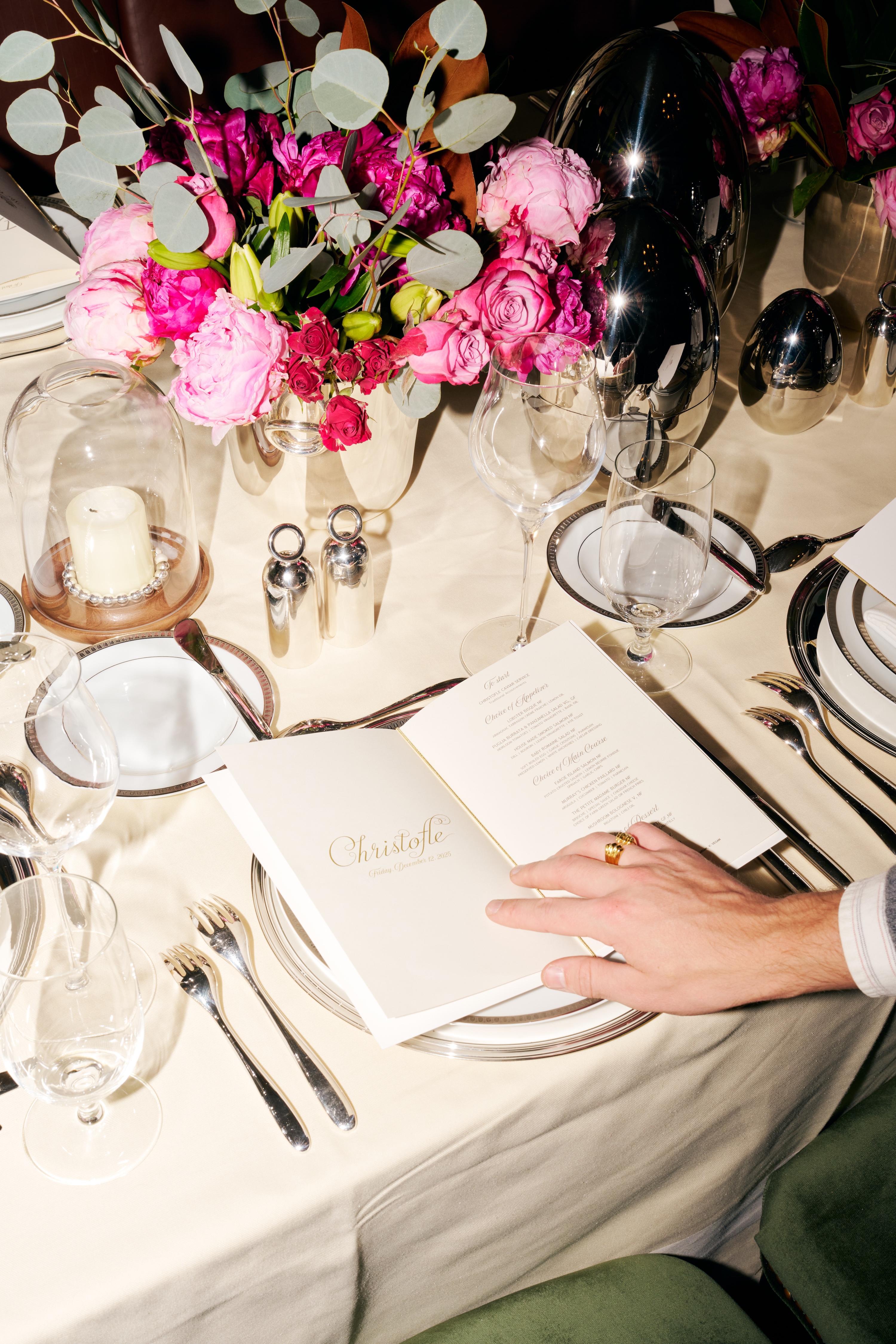

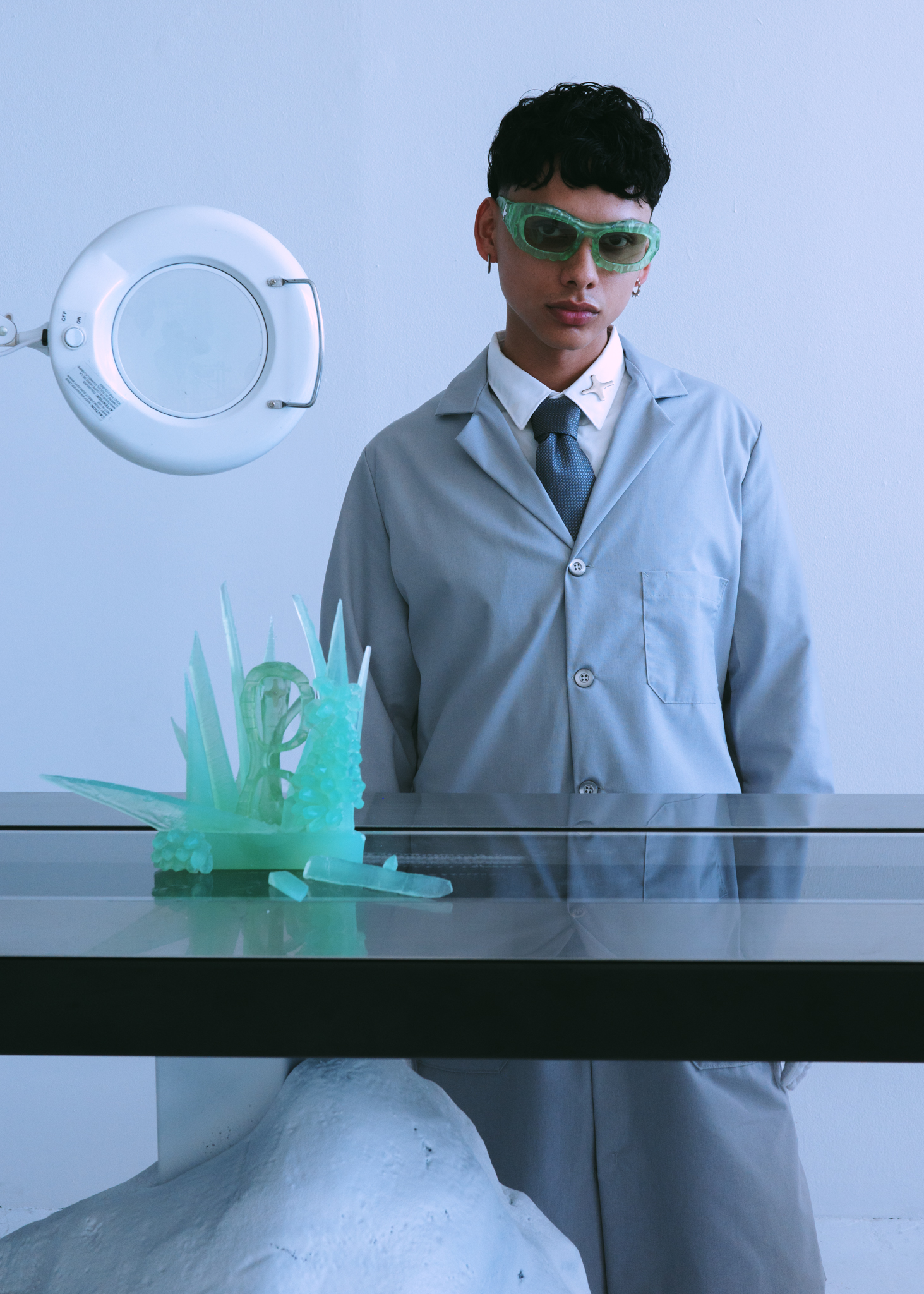
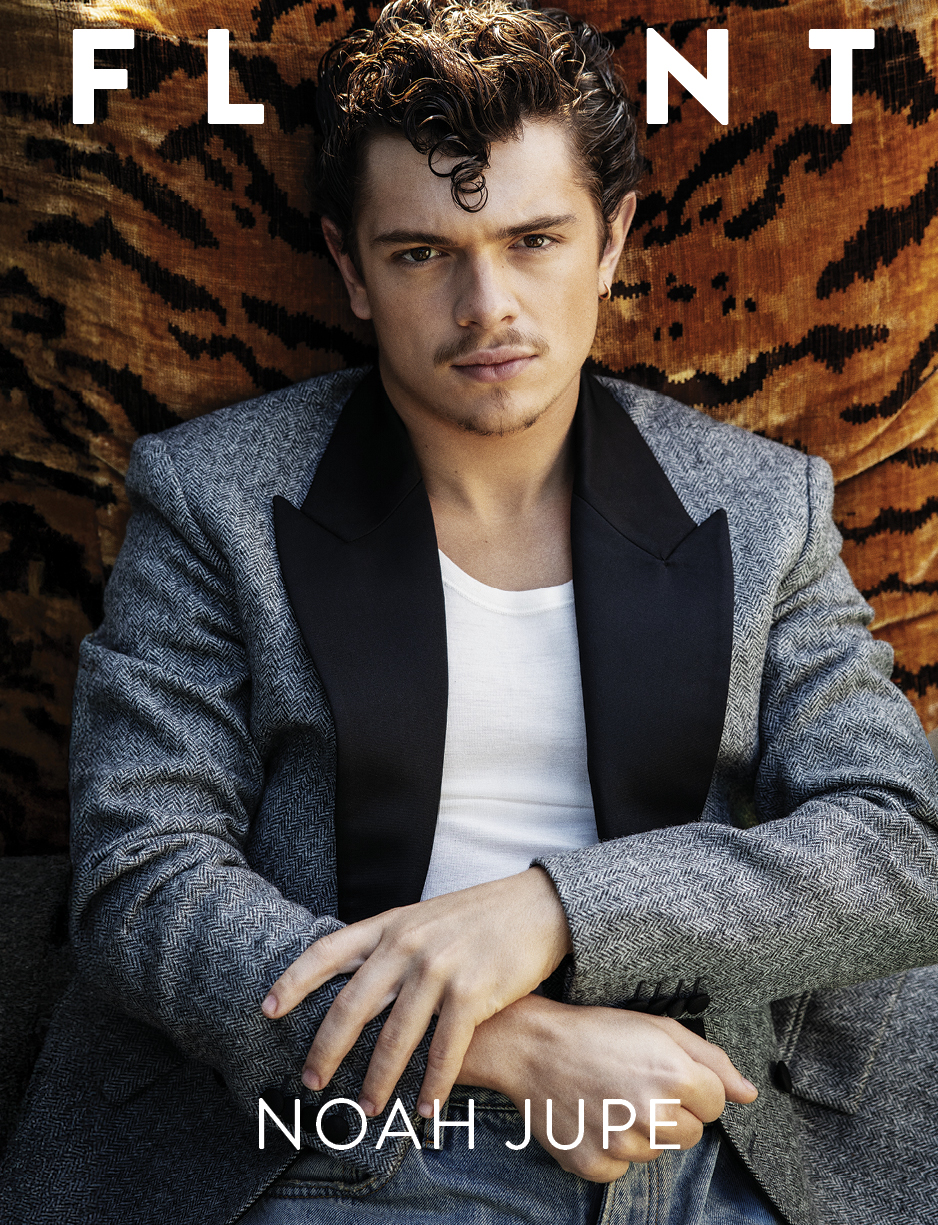
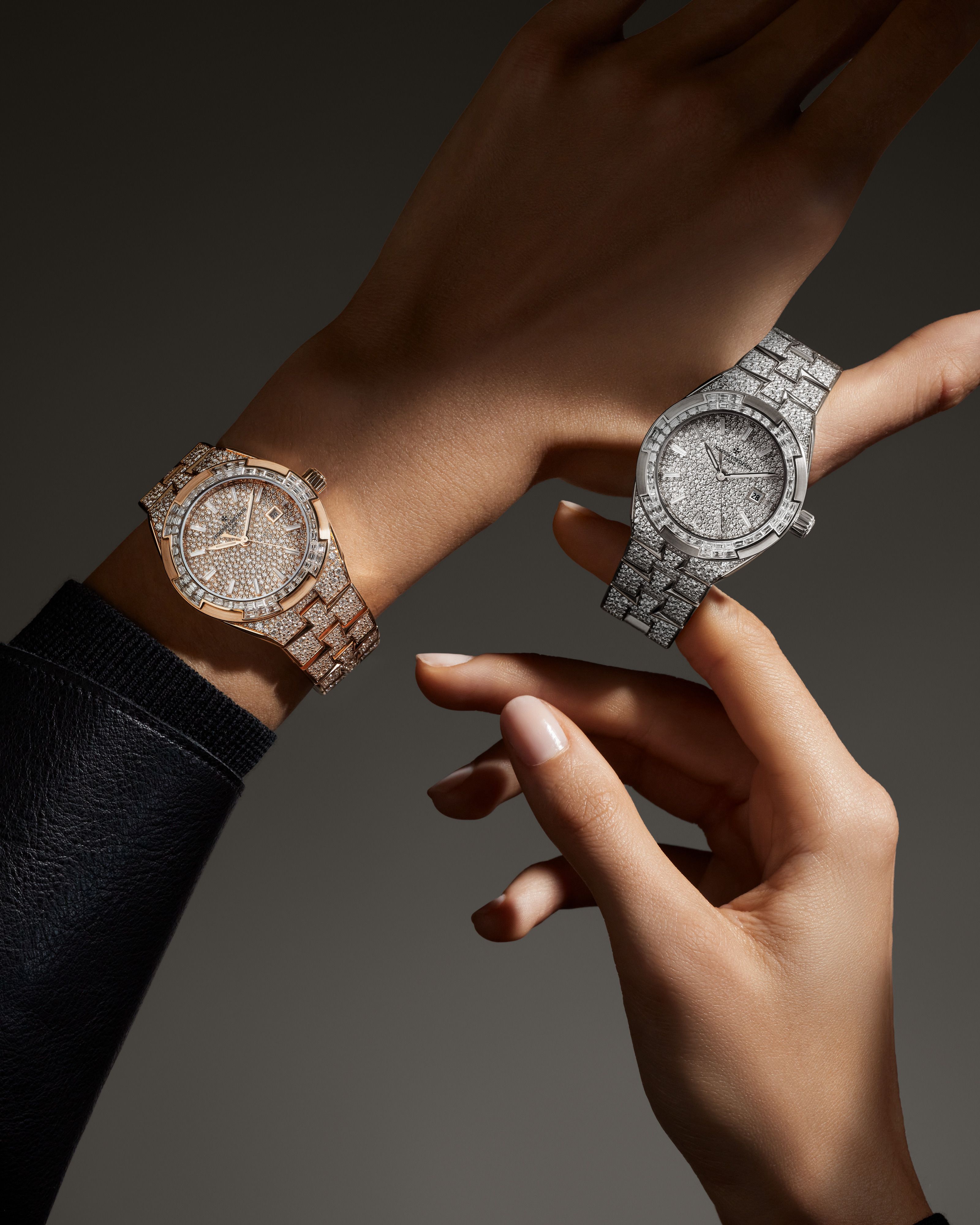

.JPG)
.jpg)
